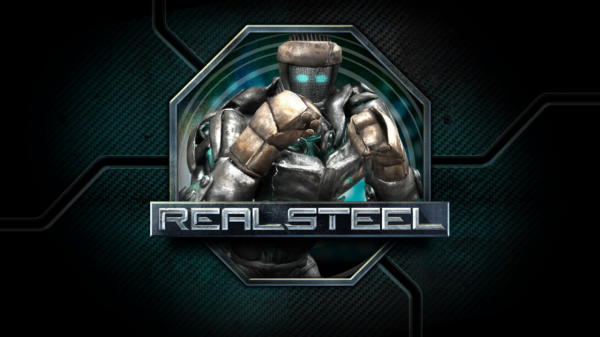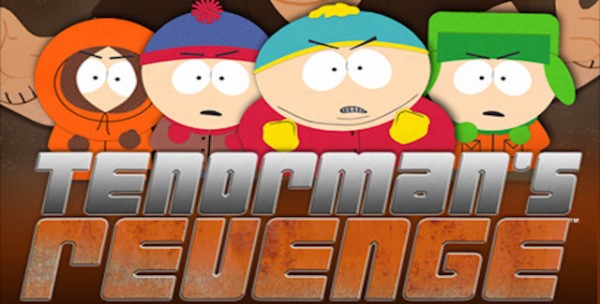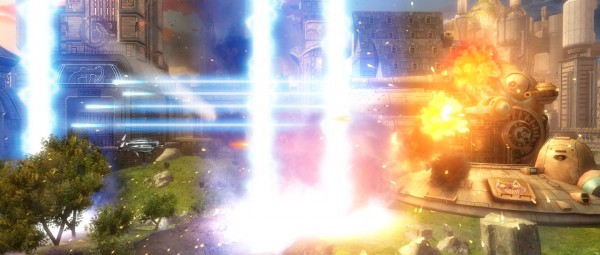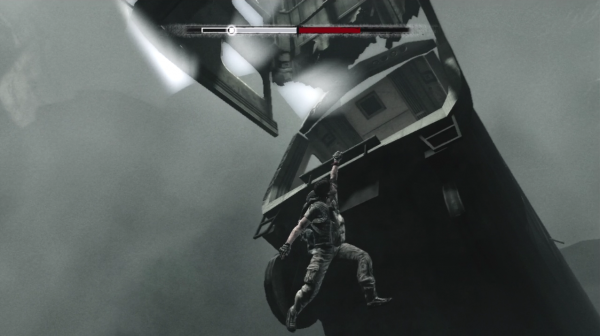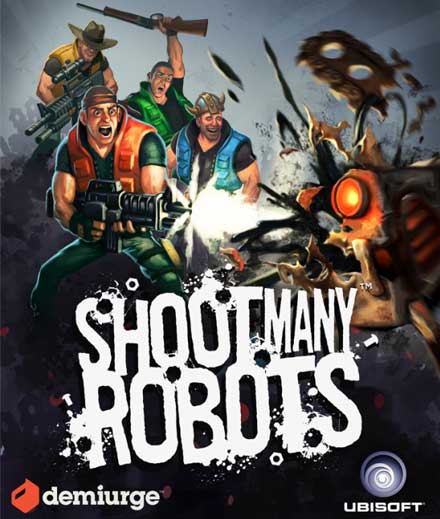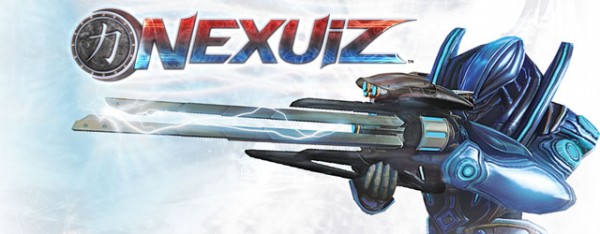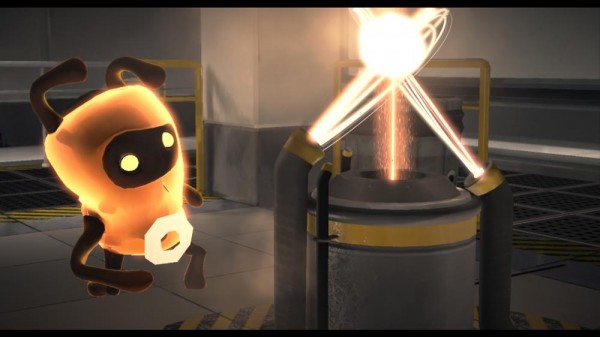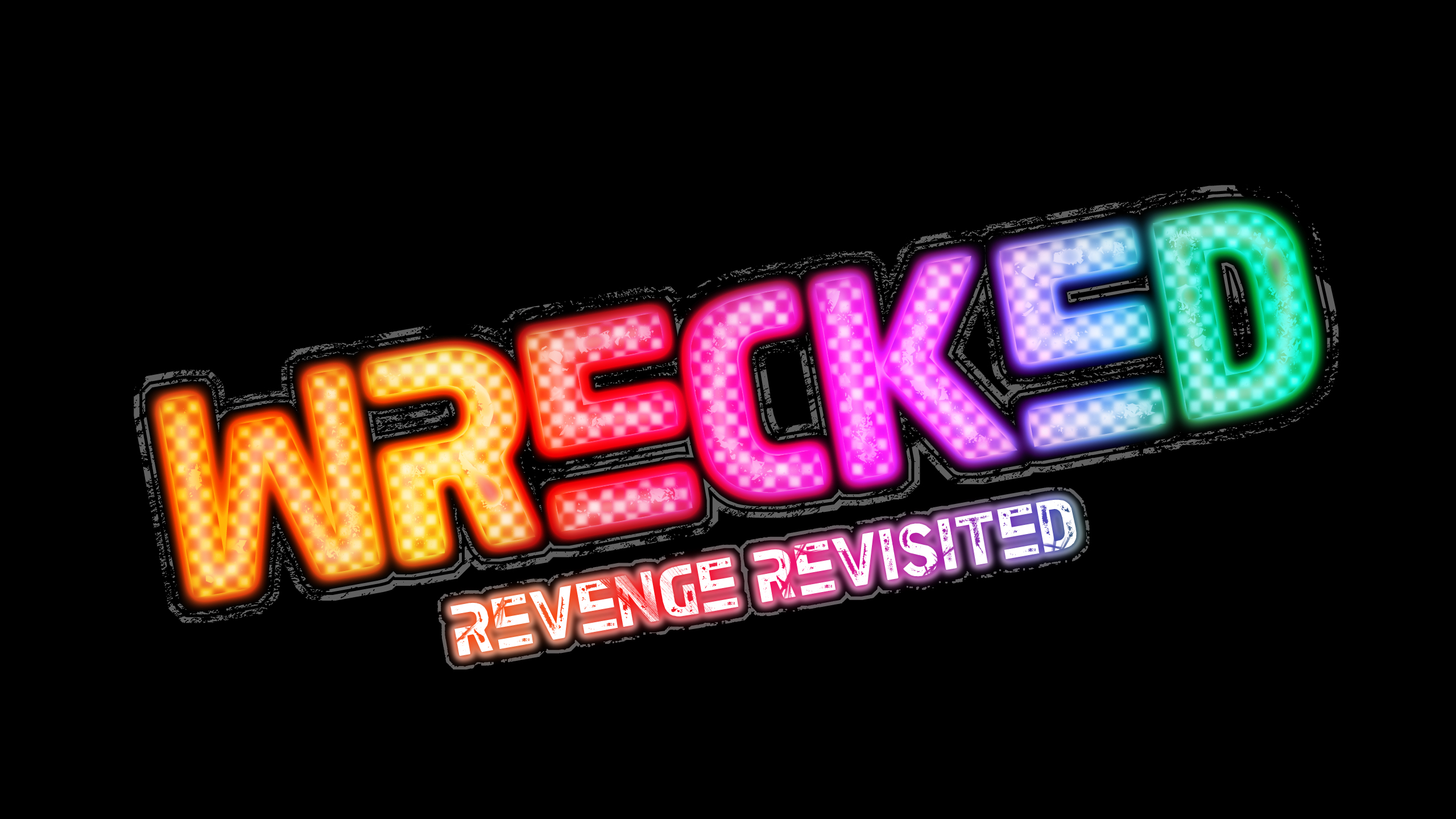 14 years ago
14 years ago
Wrecked: Revenge Revisited review (XBLA) + Highway to Hell (DLC)
Wrecked: Revenge Revisited was developed by Supersonic Software Ltd. and published by 505 Games. It was released March 28, 2012 for 1200 MSP. A copy was purchased by the reviewer.
Wrecked: Revenge Revisited is a shared screen combat racing game from the creators of Mashed and Micro Machines V4. In Wrecked, players vie for the lead on relatively short circuits, with an eliminator line chasing them. Anyone caught by the eliminator line is, you guessed it, eliminated. During the race corners are dangerous, as anyone who has taken geometry will tell you the line will cross a lot of distance on the outside corner. Power-ups litter each map and vary greatly, combining with the high speed racing to form a pretty darn chaotic game.
The game has 24 single player missions with set goals to beat and medals to earn, and that’s it for single player content. The game sports four player offline and online multiplayer and customization options for vehicles as well as race rules, and an XP system which grants players more customization options as they play the game. There are six tracks across which players will turn and burn, and four cars (all of which play identically) to choose from.
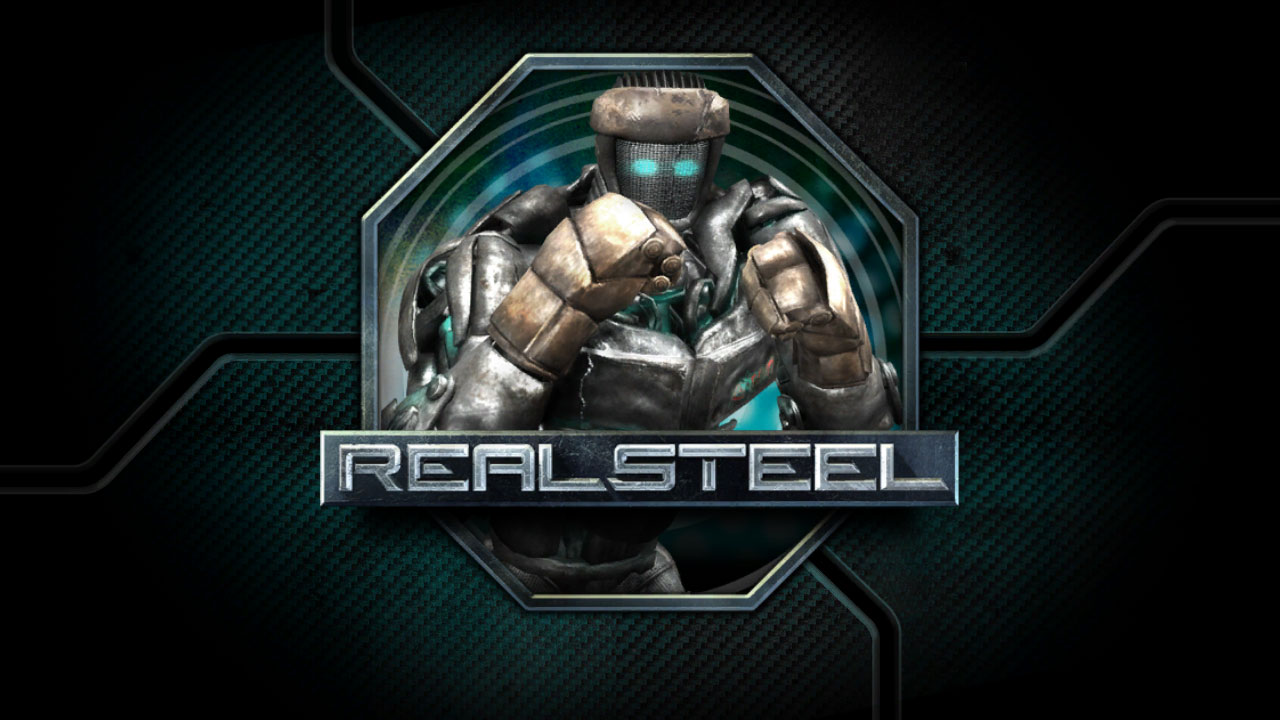 14 years ago
14 years ago
Real Steel review (XBLA)
Real Steel was developed and published by Yuke’s Co., Ltd. It was released on December 14, 2011 for 800 MSP. A code was provided for review purposes.
Like its big-screen brother, one would have a fair amount of skepticism going into the game adaptation of Real Steel. However, unlike the film you will most likely find frustration rather than dumb fun. That’s a shame, really. There actually is ample potential within Real Steel, but issues that seem small at first end up ruining everything in the long run.
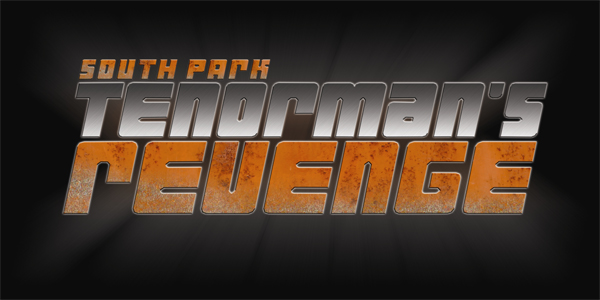 14 years ago
14 years ago
South Park: Tenorman’s Revenge review (XBLA)
South Park: Tenorman’s Revenge was developed by South Park Digital Studios/Other Ocean Interactive and was published by Microsoft Studios. It was released on March 30, 2012 for 800 MSP. A code was provided for review purposes.
South Park games have generally been good over the years. South Park Rally, South Park: Chef’s Luv Shack, and even South Park: Let’s Go Tower Defense Play! have all been solid titles leading one to think that when adopted in to a different form of entertainment, the brand would be presented with the same attention to quality that shows in each weekly episode. Sadly that is not the case with South Park: Tenorman’s Revenge. You’ll probably crack a brief smile during the opening story book cinematic, but shortly after that you’ll likely be filled with rage, frustration and absolute disbelief.
If you’re not familiar with South Park storylines, then all you really need to know is that Eric Cartman and Scott Tenorman pretty much hate each other. As a prank that started with Tenorman swindling Cartman out of $10, the rivalry quickly spiraled out of control as it lead to Cartman ultimately tricking Tenorman into eating his dead parents. Now Tenorman is back for his revenge and this time he has taken one of the most prized possessions from Eric Cartman, his Xbox 360 hard drive. Read More
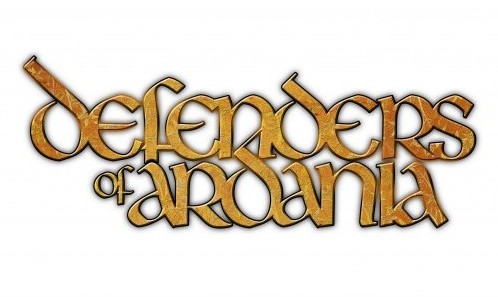 14 years ago
14 years ago
Defenders of Ardania Review (XBLA)
Defenders of Ardania was developed by Most Wanted Entertainment and published by Deep Silver and Paradox Interactive. It was released March 14, 2012 for 1200 MSP. A copy was provided for review purposes.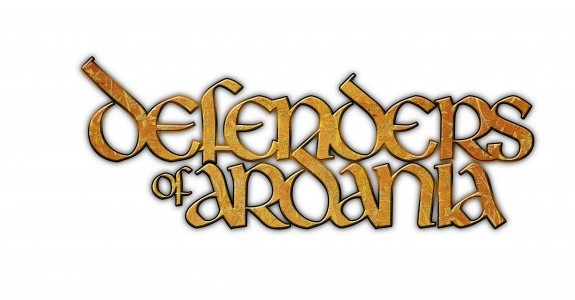 Defenders of Ardania is a tower defense game adapted from an iOS title of the same name. Set in the fantasy world of Majesty, the game tasks players with defending their castle against invading hordes with strategically-placed towers while simultaneously sending units to take over your enemy’s stronghold.
Defenders of Ardania is a tower defense game adapted from an iOS title of the same name. Set in the fantasy world of Majesty, the game tasks players with defending their castle against invading hordes with strategically-placed towers while simultaneously sending units to take over your enemy’s stronghold.
The game offers players the opportunity to play as one of three different races and play through a story or go head-to-head against up to three other players in online multiplayer. The game features standard RTS elements like resource management and multiple playable races.
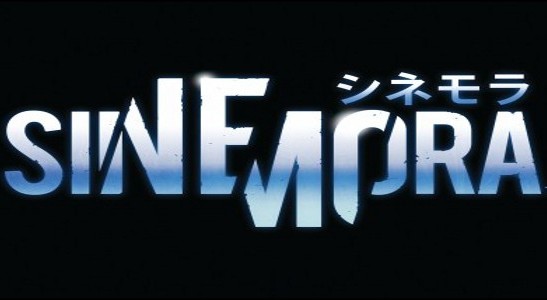 14 years ago
14 years ago
Sine Mora review (XBLA)
Sine Mora was developed by Digital Reality and Grasshopper Manufacture and produced by Microsoft Studios. It was released on March 21, 2012 for 1200 MSP. A code was provided for review purposes.
How far would you go to avenge the death of your son? If you’re a Hungarian-speaking, biplane-flying, handicapped, anthropomorphic “revenge serial-killer,” the answer, apparently, is pretty damn far. Ronotra Koss isn’t a perfect man, er, beast, but he’s one heck of a loving father. As such, he flies off into the bright blue yonder with a crew of crack-shot animal and AI “allies” to take on an imperial military with such overwhelming force that he’s essentially looking at a suicide mission. In other words, Sine Mora is a bullet hell game.
Players are thrown right into the thick of a brutal war between the Empire and the Enkies (branded terrorists by the Empire) from the onset, and figuring out what exactly everyone is talking about is more difficult than keeping the score multiplier up by maneuvering safely through the torrent of enemy fire scribbling across the screen while sending imperial pilots to their graves.
The larger story of imperial rule, terrorism, repressive caste systems and time travel is a complete mess that only dances with some semblance of coherence down the final stretch. Koss’ stubborn goal of punishing all those involved in his boy’s death is far more interesting, but it’s really the gorgeous art direction and fine-tuned combat that will push would-be diesel punk pilots forward.
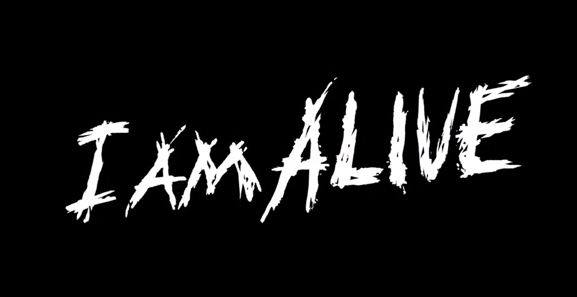 14 years ago
14 years ago
I Am Alive review (XBLA)
I Am Alive was developed by Ubisoft Shanghai and produced by Ubisoft. It was released on March 7, 2012 for 1200 MSP.
It’s two hours before any act of kindness befalls Adam, I Am Alive’s gravelly protagonist. Two strangers sheltering from the callous outdoors offer him some meat. It’s cooked, Adam’s nursing wounds, and his is a world in which food is hard come by. The men huddle around a fire in full blaze and in a city ravaged by earthquakes and shrouded by a plume of killer-dust, the scene in the gloomy subway is about the most heartening yet. Adam scoffs the meat down and sets off again. Perhaps there is good still in this most ruthless of worlds. And then you stumble upon the cage; a 4×3 foot coop home to a human skeleton and some leftover slabs of meat. Damnit.
Like so much of I Am Alive, it’s a scene anchored in Cormac McCarthy’s comfortless classic The Road, but Ubisoft could hardly have chosen a more worthy inspiration for its bleak survival horror.
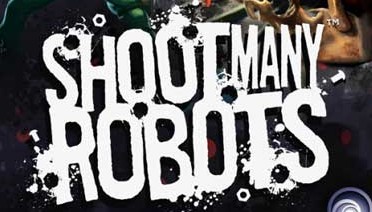 14 years ago
14 years ago
Shoot Many Robots review (XBLA)
Shoot Many Robots was developed by Demiurge and produced by Ubisoft. It was released on March 14, 2012 for 800 MSP. A copy was provided for review purposes.
Shoot Many Robots joins the realm of this recent genre deemed “shoot and loot” wherein players mow down enemies for stuff ad nauseum, laughing all the way (ha ha ha!). The premise is incredibly simple (as the title indicates) but the gameplay is solid, replayable and so magnificently supported by its features that this game’s simple concept becomes the key to its brilliance.
A sad sad day when robots destroy P. Walter Tugnut’s truck takes a turn for the worse when he finds out they also destroyed his house. Walter is able to escape in his RV where he must thenceforth embrace the best of both worlds on his crusade to eliminate the robot outbreak. Him and his three brothers (all named P. Walter Tugnut) travel through farmland, destroyed urban environments and through dark ominous factories to bring the fight to the mechanical menace.
This 2D sidescrolling shooter embraces simple platformer gameplay complete with hovering, slides and ground-pounds. Up to four players can play offline, online or any combination thereof. Each player collects loot in boxes dropped in crates and from robots which they can then purchase from the store with nuts they collect throughout each level. Equipment ranges from regular and special weapons to hats, backpacks and “pants” which alter the player’s stats and abilities.
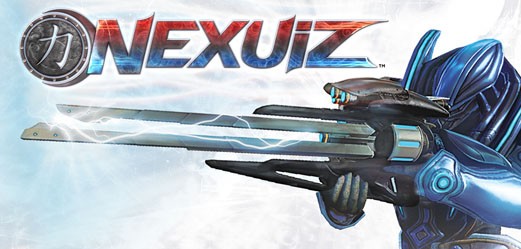 14 years ago
14 years ago
Nexuiz review (XBLA)
Nexuiz was developed by Illfonic and published by THQ. It was released on February 29, 2012 for 800 MSP. A copy was provided for review purposes.
Arena shooters are something of a lost art. To find a newly developed one is like finding money on the sidewalk: no matter how much is there you’re just happy to see it. But sometimes they miss the mark. The controls can be tight, the maps can be solid, the graphics can even be impressive, yet you turn delete the game from your drive and go back to one of your old staples.
Nexuiz is one of those. It’ll seem really enticing by its screenshots, but in the end there’s not much to keep you playing.
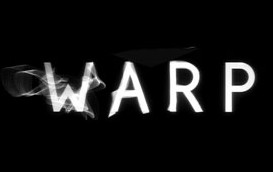 14 years ago
14 years ago
Warp review (XBLA)
Warp was developed by Trapdoor and published by Electronic Arts. It was released February 15, 2012 for 800 MSP. A copy was provided for review purposes.
Kicking off Microsoft’s House Party event, Trapdoor’s Warp is a stealth/ puzzle game that draws from some of the most celebrated franchises in the gaming library (Portal and Metal Gear Solid come to mind). Players take control of Zero; an ostensibly adorable alien held captive by human scientists in an underwater labyrinth of labs and curious mechanical contraptions. The dastardly men of science are performing all manner of foul experiments on the little fella, but it’s not long before Zero’s harnessed the power of his titular talent and is embarking on a violent quest through the belly of the science facility in a bid to retrieve his lost abilities and unite with an enigmatic alien life form that contacts him telepathically (and acts as a handy guide).
While he looks all cuddles and kisses on the outside, Zero’s a bit of a barbarian; capable of teleporting inside of his human captors, causing them to burst in a crimson shower and just about everything in Warp is anchored by Zero’s natty teleporting ability. Read More
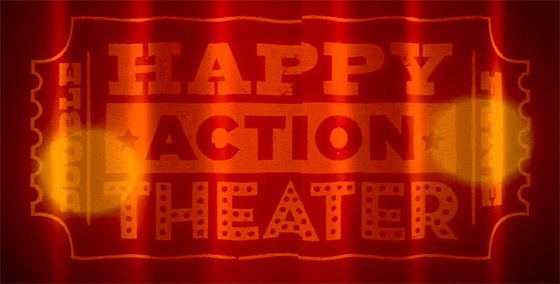 14 years ago
14 years ago
Happy Action Theater review (XBLA)
Happy Action Theater was developed by Double Fine Productions and published by Microsoft Studios. It was released February 1, 2012 for 800 MSP. A copy was provided for review purposes.
Double Fine Productions is a household name when it comes to Xbox Live Arcade games. Stacking, Trenched/Iron Brigade and Costume Quest are all titles that everyone should have on their machine. They’re all original properties; they were risks for both Double Fine and their publishers to put out, but each has succeeded. Now Double Fine wants to go out on a limb with their new Kinect title, Happy Action Theater.
The game itself is a collection of 18 minigames. Most involve players viewing themselves on screen with other digitized elements added such as snow, lava, or water. Players interact with objects in the environment such as balloons or fish to have them in turn react. There is no winning the game. It’s just you and the environment and acting like a fool. To some that sounds like fun. To others, well…


